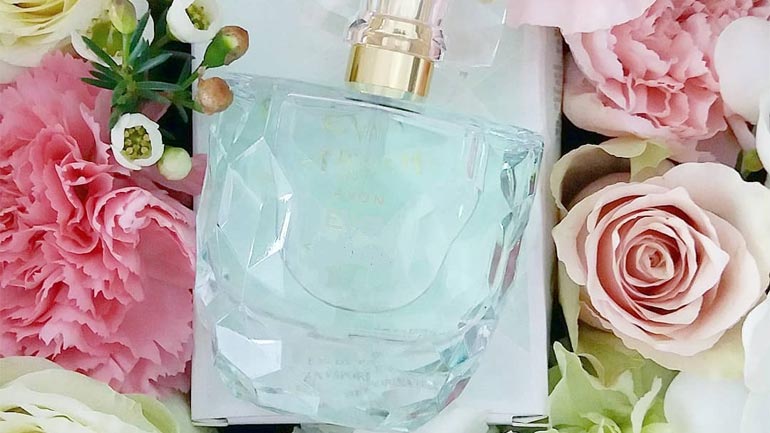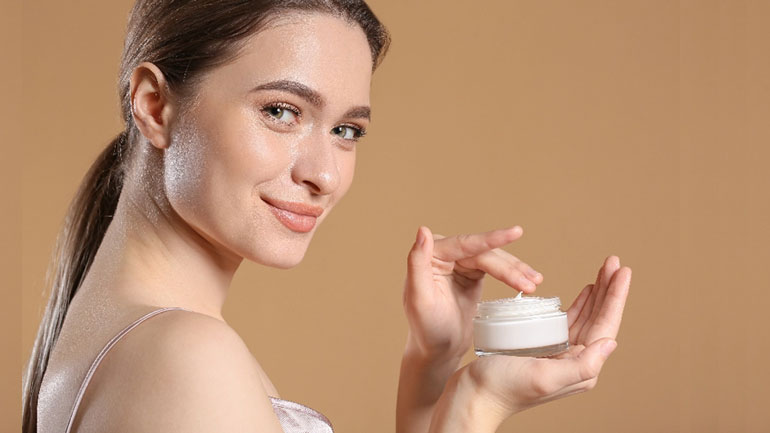
Perfumes are made of a variety of ingredients. These include alcohol, organic oil, spices, and other natural components, with flowers and fruits as the most popular and primary elements.
Flowers, however, are more widely used in manufacturing perfumes. They are the main ingredients of numerous fragrances since they create a refreshing scent that lingers and stands out.
When combined with the right ingredients and manufactured using the right technology and techniques, floral fragrances can last long and can be worn all year round.
Which Flowers are Used to Make Perfume?
But which flowers are mostly used or added in bottled fragrances? Leading perfume manufacturers agree that the top list of flowers used in perfumes is:
1. Jasmine
Known as “La Fleur” or “the flower” in the perfume industry, jasmine is one of the most popular ingredients in various fragrances. Its delicate, pleasant, and sweet smell makes it a must-use component.
The scent of this flower also gives perfumes a well-rounded, finished quality, and fragrance.
Jasmines are native plants in tropical and subtropical regions of Eurasia, Australasia, and Oceania. South and Southeast Asia have the most varieties of this plant.
Jasmine has nearly 200 varieties. However, the most flowers used to make ones in perfumes is Jasminum grandiflorum or big-flowered jasmine and sambac jasmine, which is also known as Tuscan or Arabic jasmine.
Due to its enticing fragrance, jasmine is used in the production of cosmetics and aromatherapy products as well.
2. Lavender
The clean, aromatic scent of lavender, a native plant of the Western Mediterranean, also makes it one of the top flowers used in the production of perfumes.
Lavender has different fragrance profiles, which vary based on its soil origin. The French variant, for instance, has a sweet floral aroma while the Dutch variety has a sharp, more distinguishable scent due to its high content of camphor and other terpenes.
Lavender oil has different scents as well. This depends on the source of the flower, the altitude where it is grown, and the distillation technique used.
Like jasmine, lavender is also frequently used in aromatherapy.
Lavender perfumes have a clean floral note with a hint of fresh licorice scent.
3. Rose
Known as the “queen of flowers,” the rose is also a popular ingredient in nature-inspired fragrances. Rose perfumes were once highly popular with the Greeks and Romans.
These flowers are native to Asia, Europe, North America, and northwestern Africa.
Rose perfumes have a refreshing, vibrant scent that awakens the senses.
The most common varieties of roses used in fragrances manufacturing are rosa centifolia, which grows in Southern France, and rosa damascene, which is found in the Middle East. The damask variant is cultivated for perfumery.
Roses are harvested at night since they emit a stronger scent after sunset. This fragrance will then be more noticeable and powerful in the perfumes they are added to.
4. Violets
This type of flower has been cultivated for centuries and can be traced back to Ancient Greece in 500 B.C.
Violets have a sweet, powdery, and dewy floral fragrance. However, their scents are refined, airy, and light, and thus, not overpowering.
Violets are native to the Northern Hemisphere. Several species are also found in Hawaii, Australasia, and the Andes in South America.
The Victoria Violet and the Parma Violet are the most popular varieties of flowers used in perfumes.
Aside from perfumes, violets are also popular ingredients in lotions and essential oils.
5. Lilies
Lilies also come in different varieties that have varying scents. For instance, the Easter lily, which can be found in Japan and other Asian countries, has a rich, vibrant fragrance.
However, the stargazer lily, which is native to Eastern Asia, has a stronger smell that stands out.
Lily-scented perfumes have a powerful yet smooth smell. Although they have a strong scent, they still exude femininity and a hint of daintiness.
6. Ylang-ylang
A flower popular in Southeast Asia, ylang-ylang was once called the “poor man’s jasmine” since it smells like jasmine but is more affordable.
Ylang-ylang is now one of the most expensive floral ingredients added to perfumes since manufacturers need around 400 kilograms of flowers to produce a kilo of essential oil. However, a tree can only provide about10 kilos of flowers a year.
Ylang-ylang adds an intense, exotic, and rich scent to perfumes. It also boosts the feminine and sensual notes of fragrances, making them more noticeable.
7. Lilac
Lilac is a purple flower that has a sweet and heady fragrance. Its scent is heavy yet still smells fresh and has a citrus note.
This complicated mix of scent makes it one of the most interesting floral ingredients added to perfumes.
Moreover, combining it with other ingredients can be quite tricky. Manufacturers need to get the proportions right to come up with fragrances that are perfectly balanced.
When done correctly, lilac perfumes have powdery fragrances with touches of honey, vanilla, and jasmine-like green freshness.
Whether you are looking for a new perfume to buy or to complement your seasonal outfits or you are in the perfumery business, it pays to know the most popular floral ingredients in fragrances. The knowledge can help you choose the right scents that meet your purpose.




